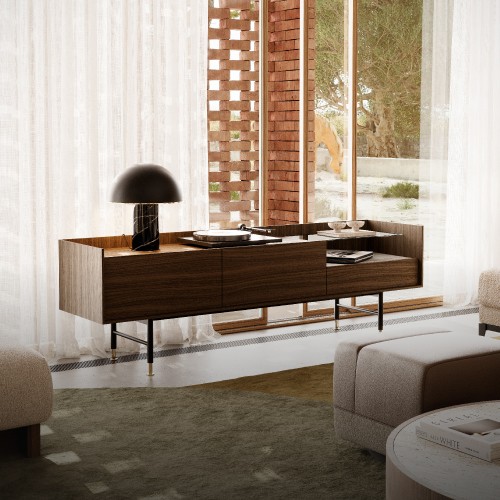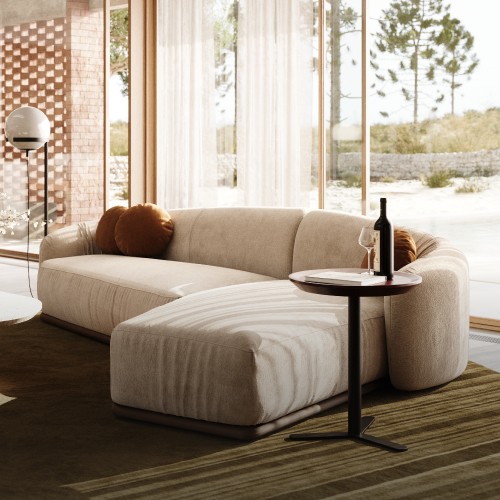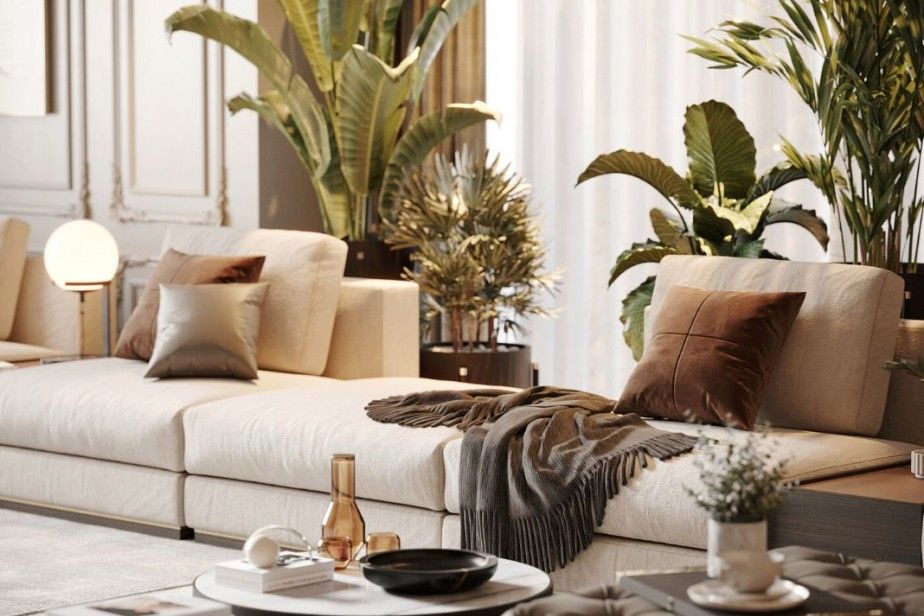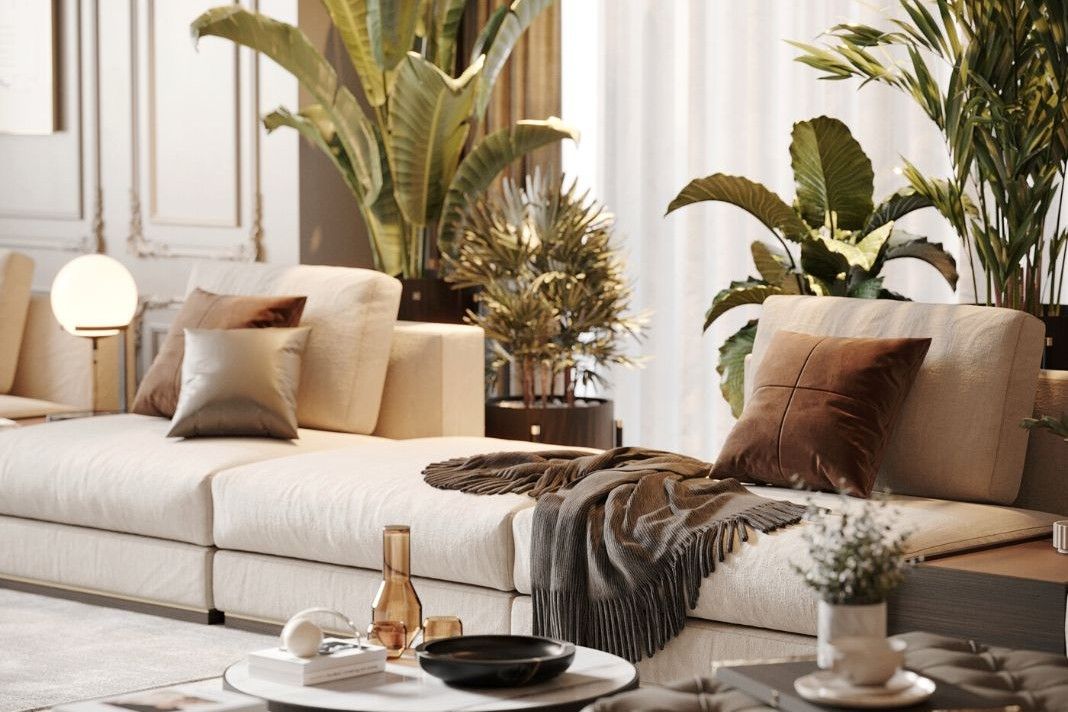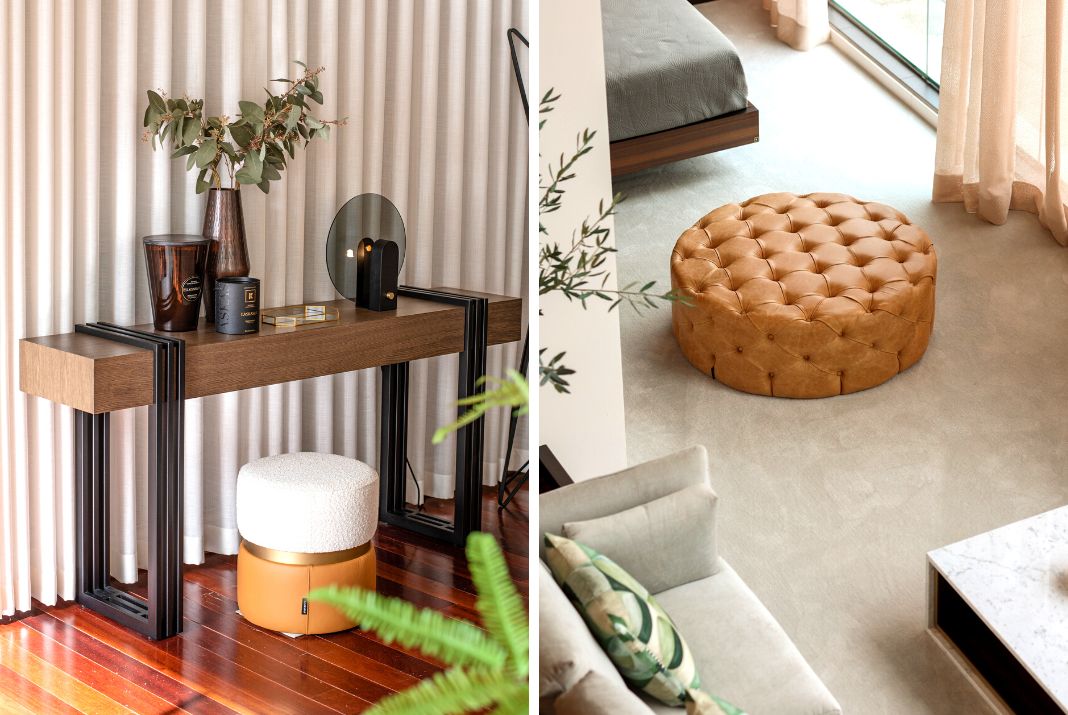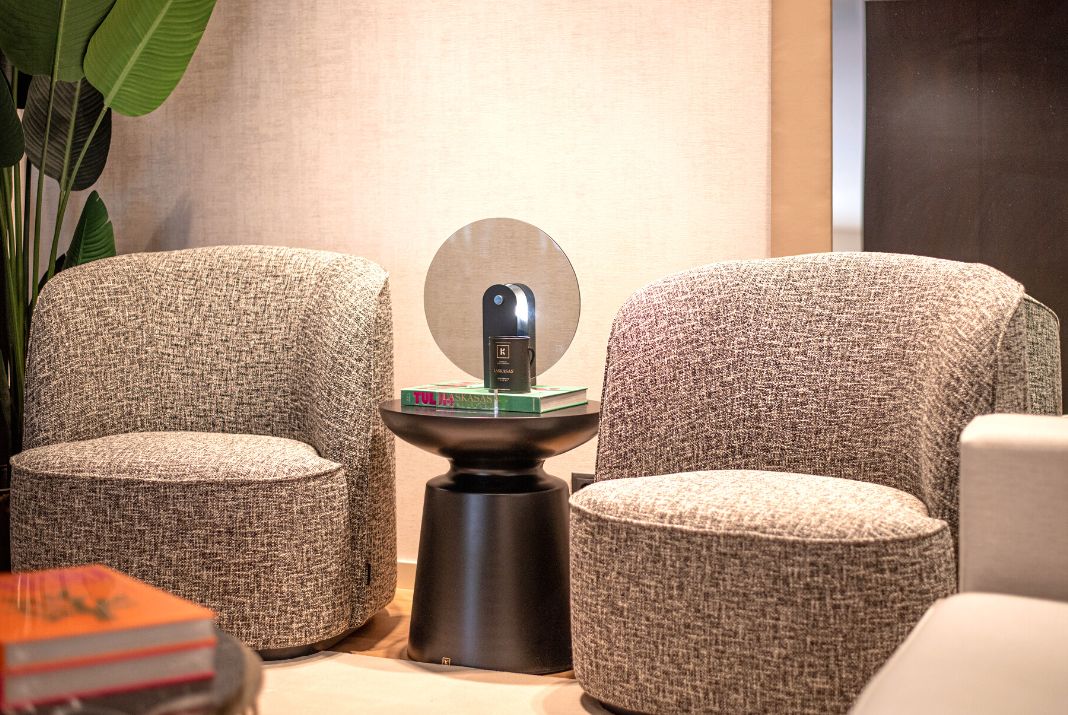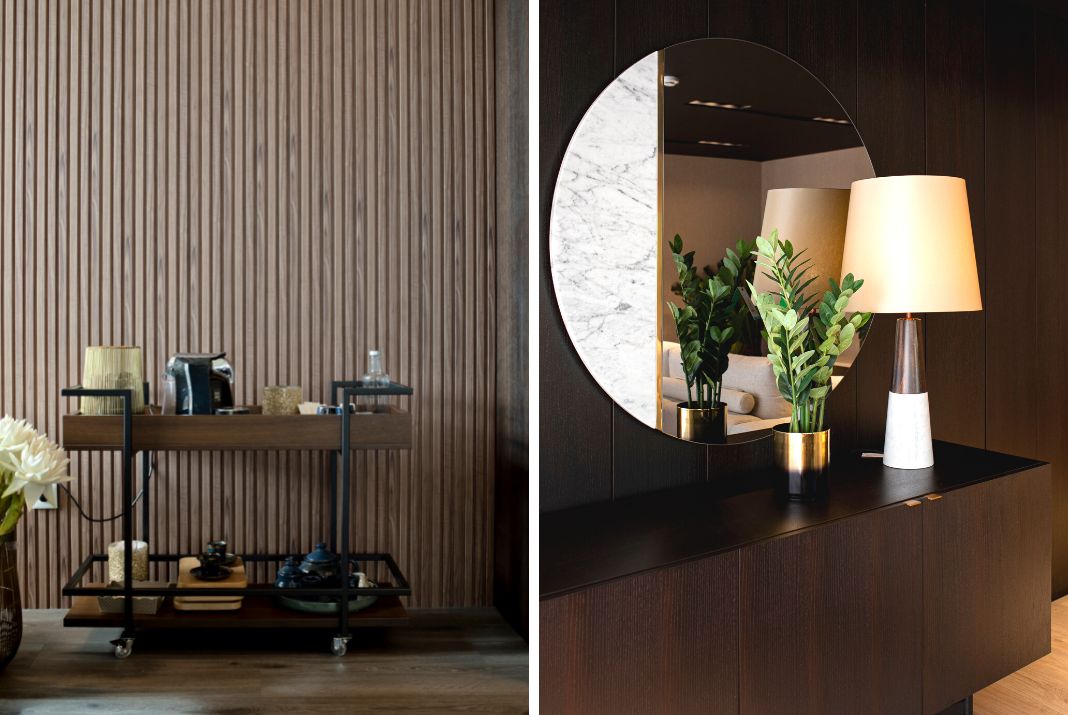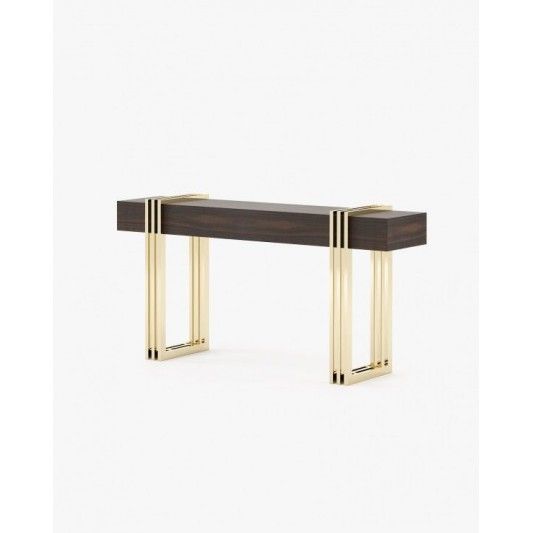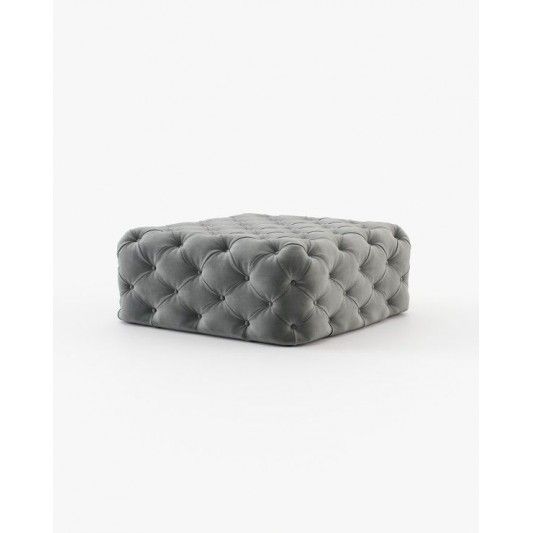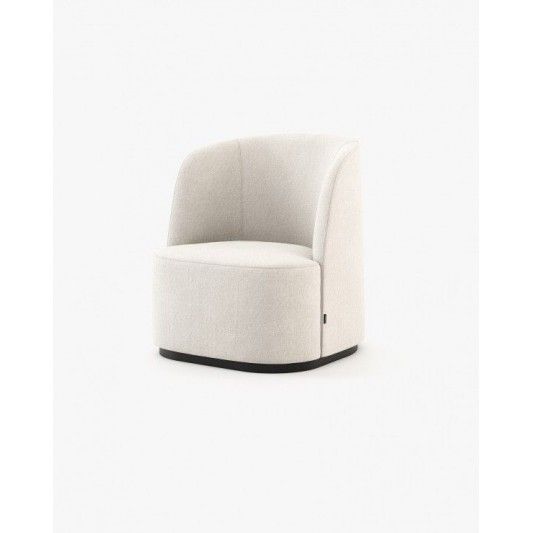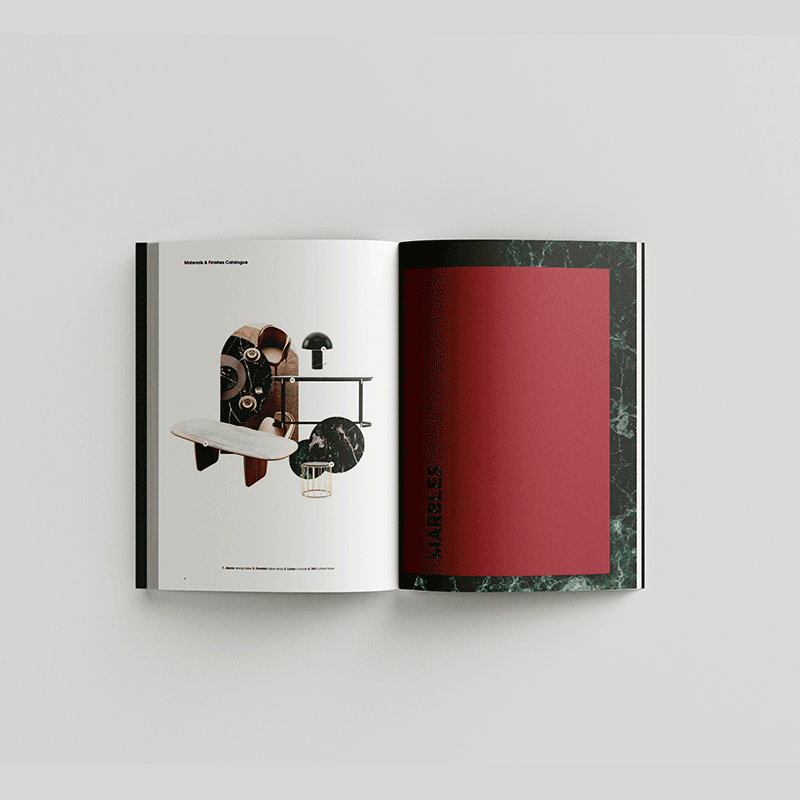Texture: in the form of tactile elements such as textiles, wood, and stone, is used by interior designers to provide physical comfort and visual interest to a place. Textures in interior design are recognized as a supporting pillar of interior design, assisting in the development of seamless space, which sparks amazing compositions and designs in the room.
THE MEANING AND THE CONCEPT OF TEXTURE IN INTERIOR DESIGN
Different textures can hugely affect the overall feel of a space, in the same way, warm and cool colours do. Rough textures can make a room feel intimate, rustic and grounded, while smoother surfaces tend to add a modern, sleek and contemporary tone to a space.
Tiffany Leigh, of Tiffany Leigh Design, explains: 'Texture in interior design is all about creating tactile moments that invite touch. It refers to the feel, appearance or consistency of a surface or material. Textures help to keep a space from feeling flat or one dimensional.'
Layering textures helps to add depth too. 'The layering of materials, colours and shapes all amount to give your interiors an overall texture which can define the look and feel of a space,' says Martin Waller, co-founder of Andrew Martin.
Texture provides visual weight and mass
Visual weight has the ability to attract attention. A healthy dosage of texture in your design project provides value while also making the room extra beautiful and appealing.
'Try mixing different textures such as natural linens with soft velvets or robust leathers with thick wools. We use linen as the canvas of an interior. Its natural, soft and durable qualities make it the perfect material to upholster larger items in a living room such as sofas and curtains. It creates the perfect backdrop to layer on top of with colour and pattern.' says Camilla Clarke, Creative Director at Albion Nord.
Layering is important in interior design for creating a scheme that is rich and full of depth. To avoid relying just on fabric or furniture finishes, experiment with integrating other sources of texture.
Texture can be expressed in a variety of ways, including matte versus glazed ornaments on a bookcase, book spines stacked on a side table next to a sculpted glass lamp base, a polished granite fireplace hearth with a tasselled rug in front of it, and even wall treatments and artwork that can make the walls feel multi-dimensional.
Wall Decorations are important
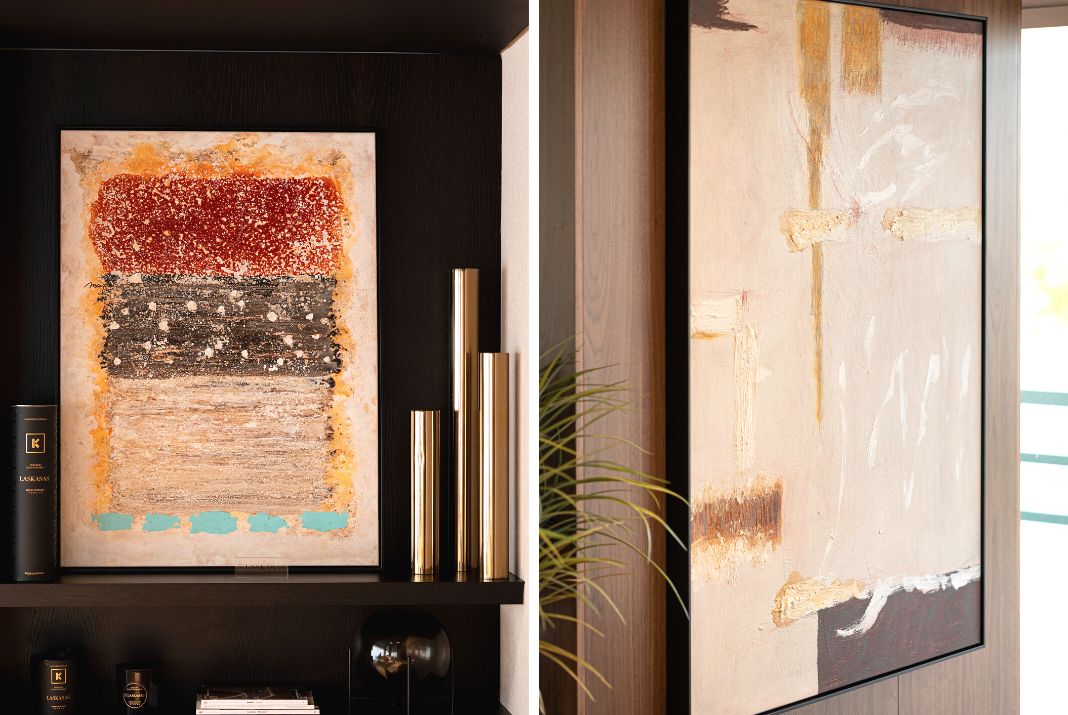
Paintings with texture, either in the frame or in the materials used to paint them, add to the project's complexity while also adding beauty and texture to a plain, blank wall. Metal wall art, macramé wall hangings, and antique signage can be used in a variety of styles, including modern, bohemian, and country. It will undoubtedly improve the textural balance of your project.
TEXTURED HOME ACCESSORIES
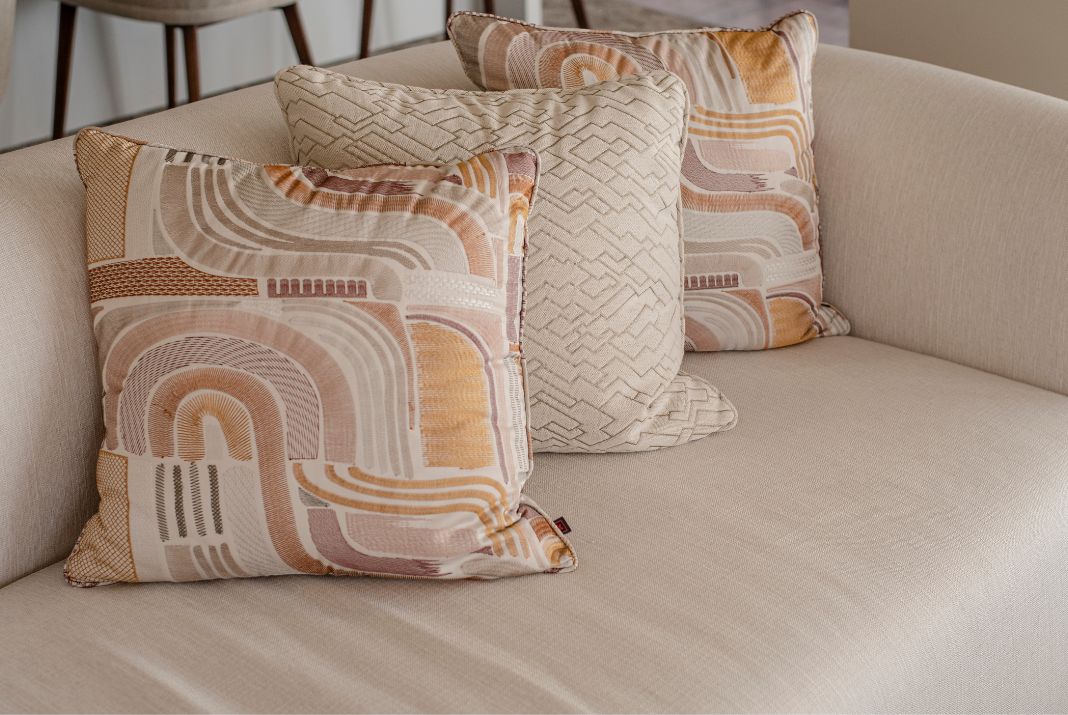
Vases, pillows, sculptures and mirrors are accessories ripe for playing with texture. You could purposefully create an arrangement of objects with alternating textures to really make a statement.
Be careful not to add too many competing finishes to the space, as the lack of guidance may result in a lack of direction.
The goal isn't to fill the room with every texture under the sun, but to welcome a diverse cast of personalities that are sympathetic to one another.
CONTRASTING FABRICS
Interesting textures in interior design are not only visually appealing, but they also give superb balance when contrasted.
Is your colour palette made up of a lot of similar shades? If this is the case, you can break up the pattern by varying the textures of any fabric in the room. Even if your item has numerous tones, utilizing contrasting fabrics demonstrates that colour and pattern aren't the only ways to make a statement.
Remember to look beyond the obvious areas of fabric such as sofas and armchairs and to not leave curtains, blinds and lampshades out of the equation.
INTRODUCING WOOD TO YOUR PROJECT
It’s natural propensity towards comfort has made it one of the most beloved materials in the design industry. The contemporary design movement has favoured the use of wood for several reasons, including wood is the perfect complement to other materials.
Wood on its own already works as a texture, adding natural touches to the project and embracing the biophilic vibes it conveys.
As a designer, you must have an eye for textures and styles, and you should know which textures complement the room design. Textures are ideal for taking your interior design to the next level. So don't hesitate to put it into action.
